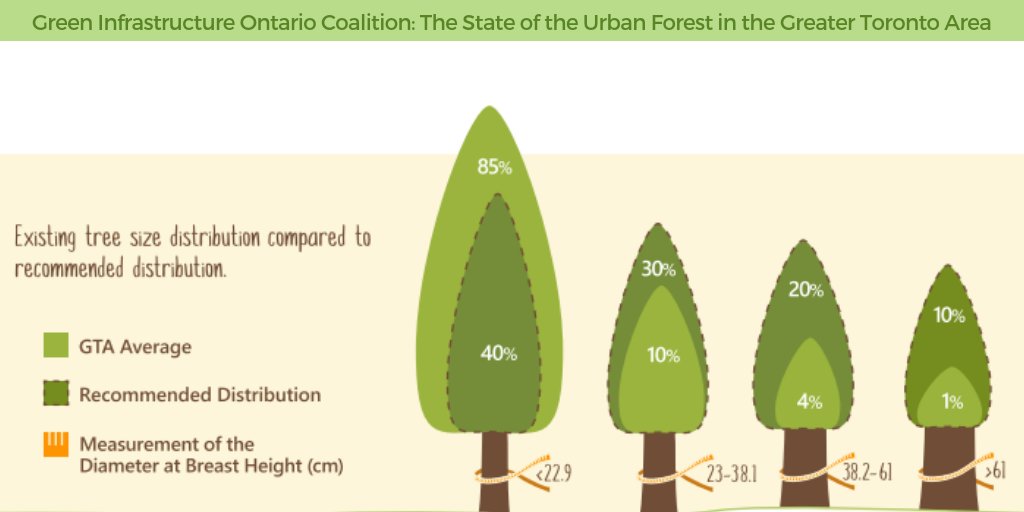Guarding Your Landscape: Replanting After Tree Elimination
Guarding Your Landscape: Replanting After Tree Elimination
Blog Article
Article Developed By-Lindsay Garrett
Tree elimination can leave a gap in your landscape that needs dental filling. You can grow something new in that room, but it takes extra care and attention at the starting to help it flourish.
The dirt because location will maintain altering over time as microbes break down the old roots. That can influence the nutrient equilibrium and physical room for new development.
Soil
The dirt in a plot where a tree has actually been gotten rid of is most likely to be very various from the remainder of your garden or lawn. The roots of the old tree and the stump will have changed the dirt, eliminating some nutrients and potentially crowding out various other plants. Additionally, if the previous tree was diseased, the infectious representative might still be in the ground.
The visibility of roots promotes a rich and diverse area of dirt microorganisms that improves essential procedures like nutrition cycling and raw material disintegration. Without these microorganisms, the displaced dirt can become much less productive and nutrient-depleted, with a negative influence on plant development.
Before replanting, the soil ought to be removed of debris and natural material (such as timber chips from stump grinding). https://www.sfchronicle.com/bayarea/article/Man-dies-after-being-struck-by-falling-tree-Mill-15011484.php may desire to mix in potting dirt or indigenous dirt with this garden compost to provide your brand-new growing with an environment that is well balanced and filled with nutrients.
Water
Tree roots soak up huge amounts of water from the dirt. This procedure also adds nutrients back to the dirt, especially nitrogen, which is necessary for new trees and plants. Regrettably, old dirt can be diminished of these crucial minerals due to the decaying roots and stump from a gotten rid of tree.
This is why it's important to have a plan for the future of your landscape. Ideally, the most effective time to plant is when you have a fresh start.
Whether you're planting yard or blossoms, see to it to make use of a soaker pipe to avoid overwatering your brand-new landscaping. If the location was a garden, see to it to cover the dirt with organic mulch to assist maintain dampness in the dirt, manage dirt temperature levels and suppress weeds. This likewise provides a layer of protection for young plants and advertises worm activity. Then, on a regular basis renew the compost to continue boosting the dirt nutrient thickness and microbial life. This is known as dirt remediation.
Light
Trees are a wonderful enhancement to any type of landscape, giving shade, aesthetic pulchritude, and many various other benefits. Nonetheless, occasionally trees end up being unattractive because of a range of reasons, consisting of disease, insect problems and natural aging.
In such instances, it might be required to remove a tree. It is very important to take into consideration the worth of a particular tree in your landscaping and take the appropriate steps to guarantee that the elimination is done safely and effectively.
During the late summer season, it's a suitable time to execute maintenance and inspections on existing trees. Try to find signs of illness, insect invasions, or structural damages, as well as any possible dangers such as weakened or leaning trees.
Before starting any building and construction tasks, make certain to protect the origin zones of existing trees by avoiding dirt compaction and rating around them. Raw material, as it breaks down, can generate poisonous gases that are harmful to the roots of a tree. It's also an excellent idea to mulch the location around a tree after building and construction has completed to preserve moisture and reduce weed growth.
Temperature
Trees are very important to a landscape for their aesthetic appeal, however they also play an essential duty in the local environment by giving shade and windbreaks. They sustain wildlife habitats and reduce the amount of carbon dioxide airborne, which can add to worldwide warming. This is why it is suggested to replant trees after eliminating one from the residential or commercial property.
When replanting a new tree in the area of a previous stump, the soil may not have enough nutrients to sustain it. It is best to await a year prior to growing to ensure that the soil will certainly be abundant in nutrients.
To guarantee that replanted trees flourish, it is important to supply them with correct treatment. A layer of mulch will keep soil wetness from vaporizing, manage soil temperature, and assistance suppress weeds. Organic compost is the recommended choice because it improves dirt fertility. Continuous fertilizing and insect control are also necessary for replanted trees.